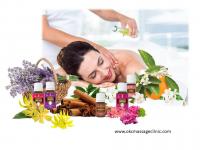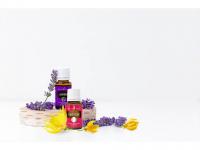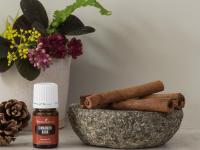January 14, 2024
Essential oils have been used in different cultures around the world since ancient times. Since they demonstrate a range of biological activities, such as antiparasitic, antifungal, antibacterial, antiviral, antioxidant, anti-inflammatory, anticancer, antiaging, and neuroprotective properties, they are used in traditional and complimentary medicines, aromatherapy, massage therapies, cosmetics, perfumes and food industries. Approximately seventy recent studies were selected to report the outcomes such as antistress, antianxiety, analgesic, cognitive, and autonomic effects. Thus according to these studies essential oils showed promising effects on the nervous system, which can be further applied to their use in functional foods, drinks, and alternative therapy.





